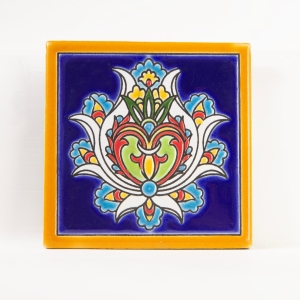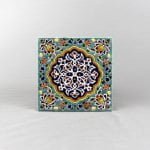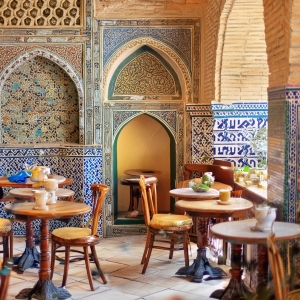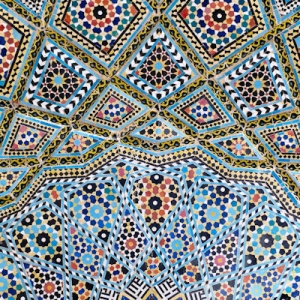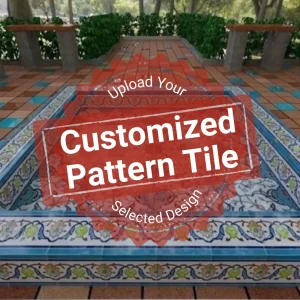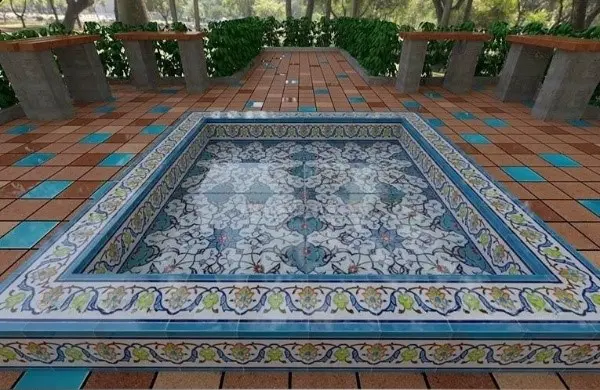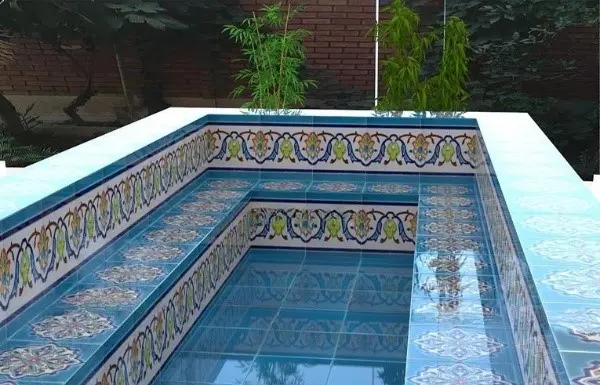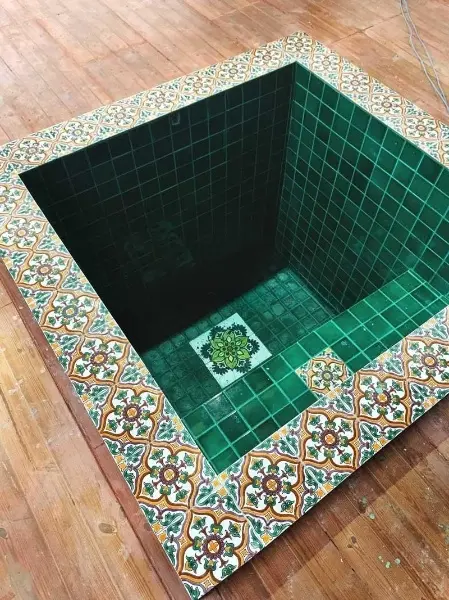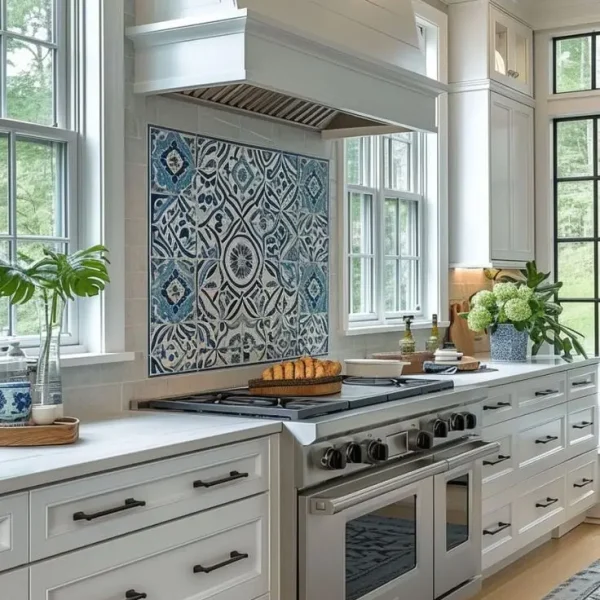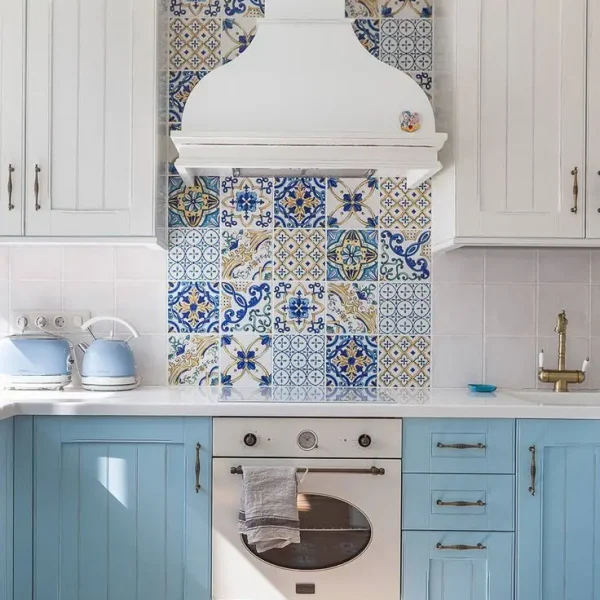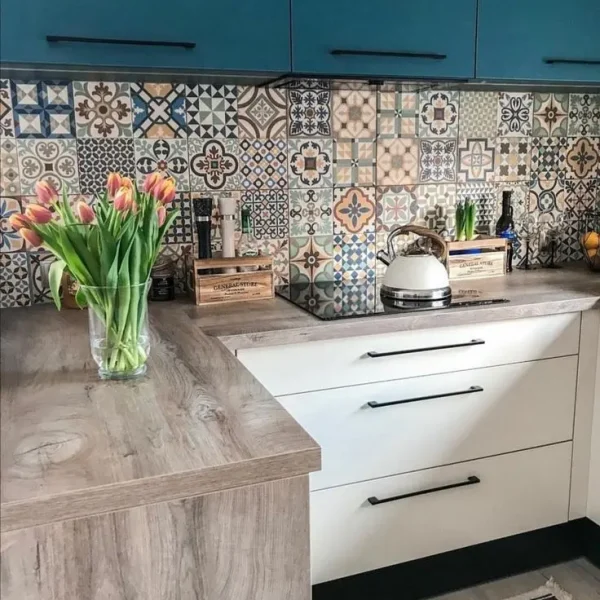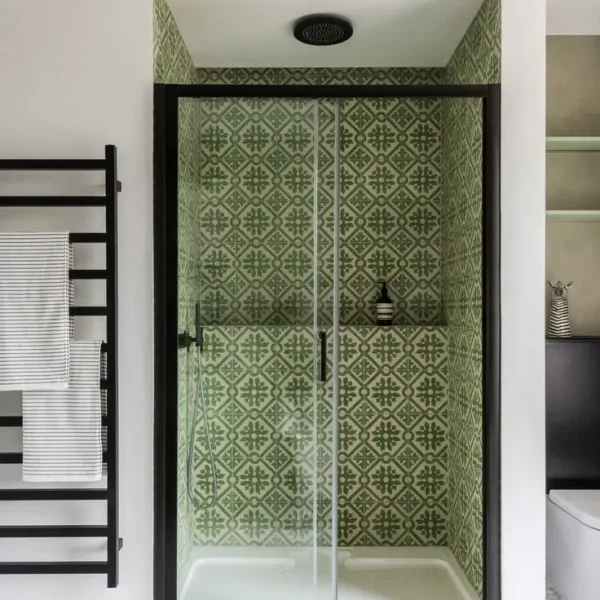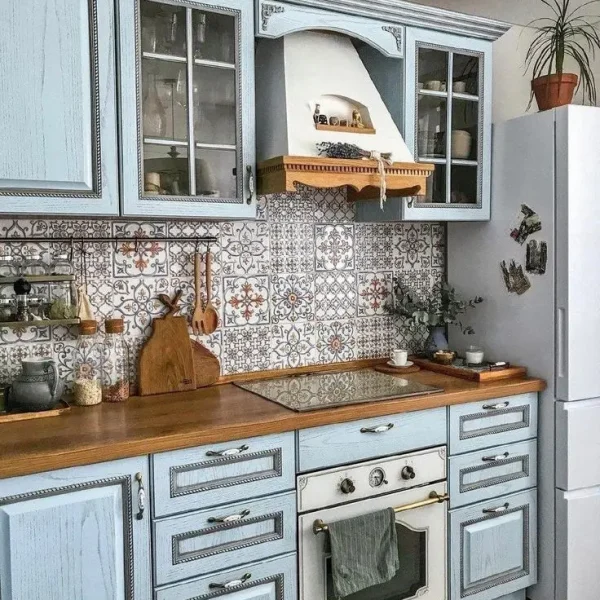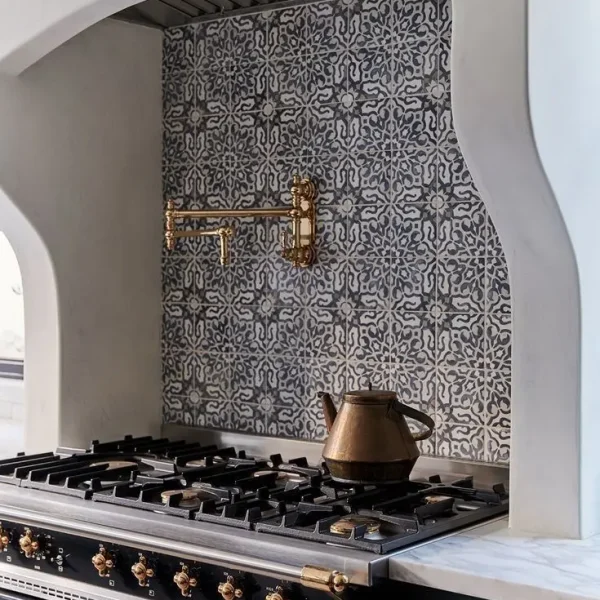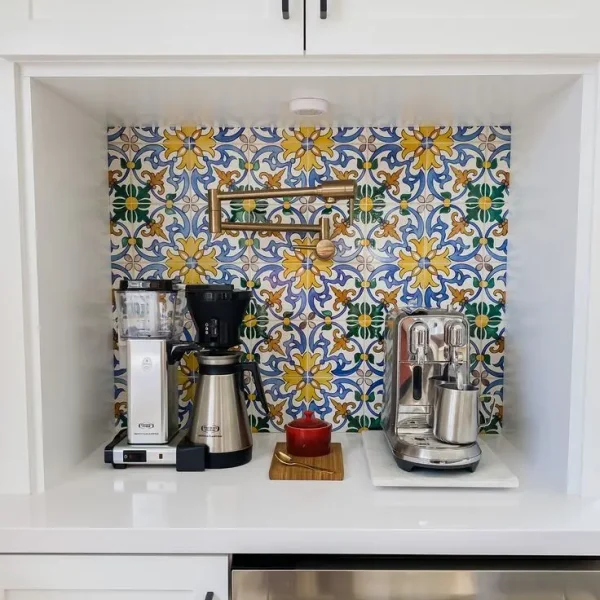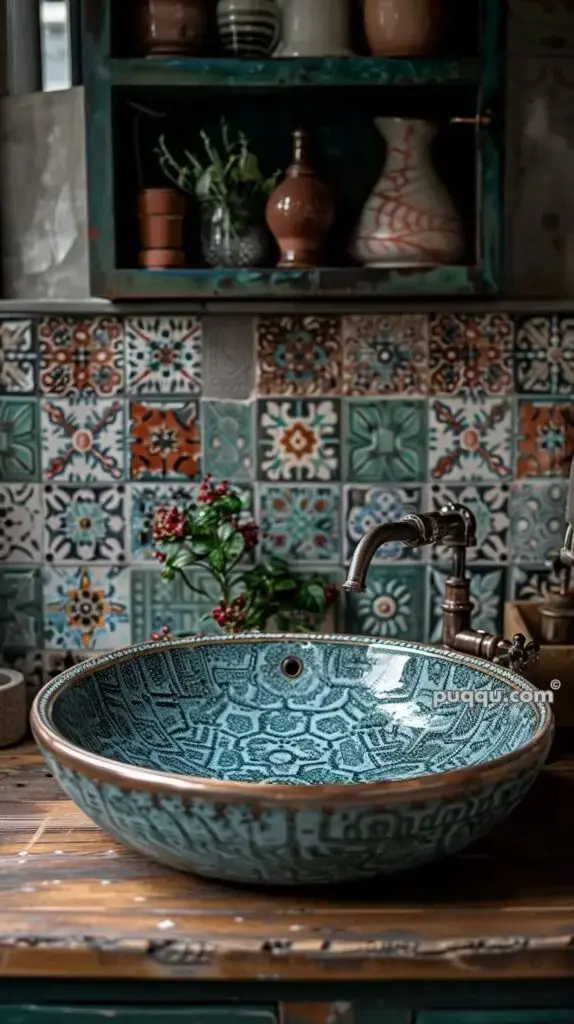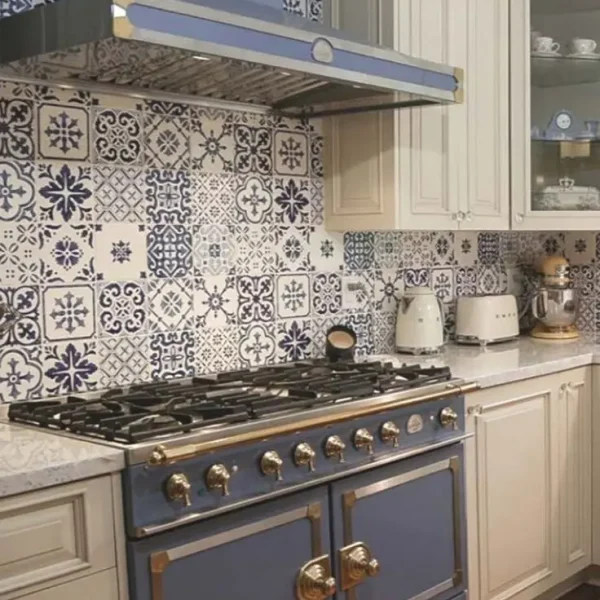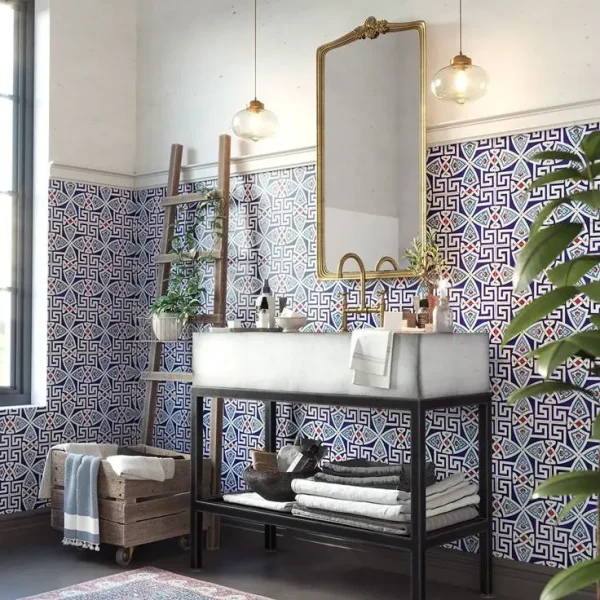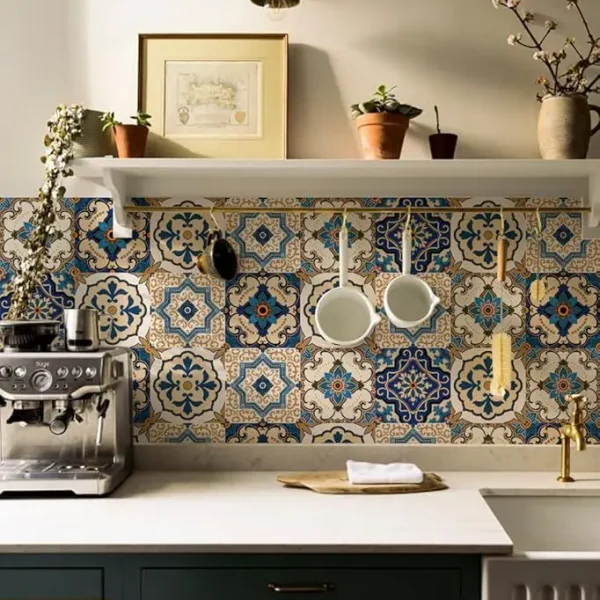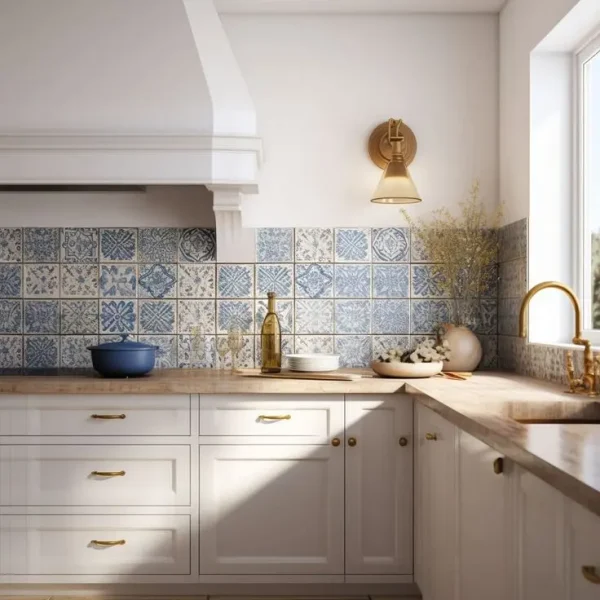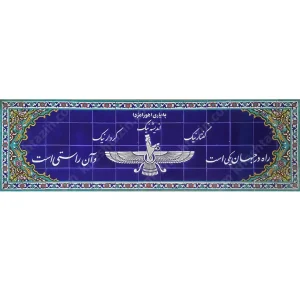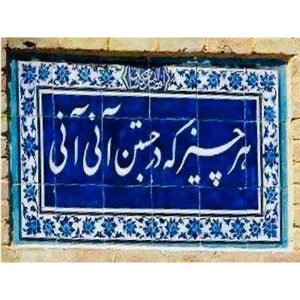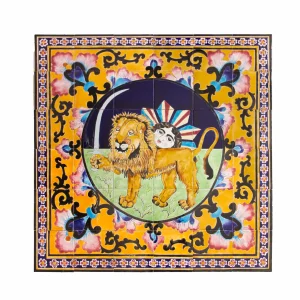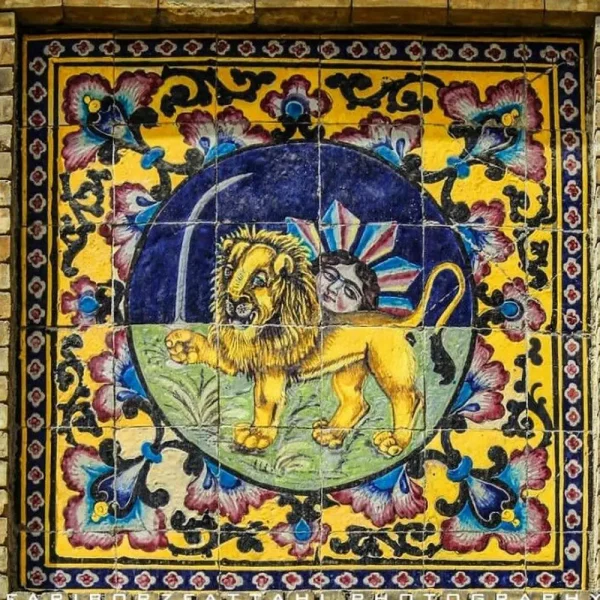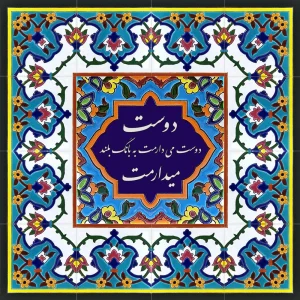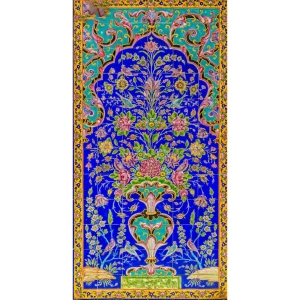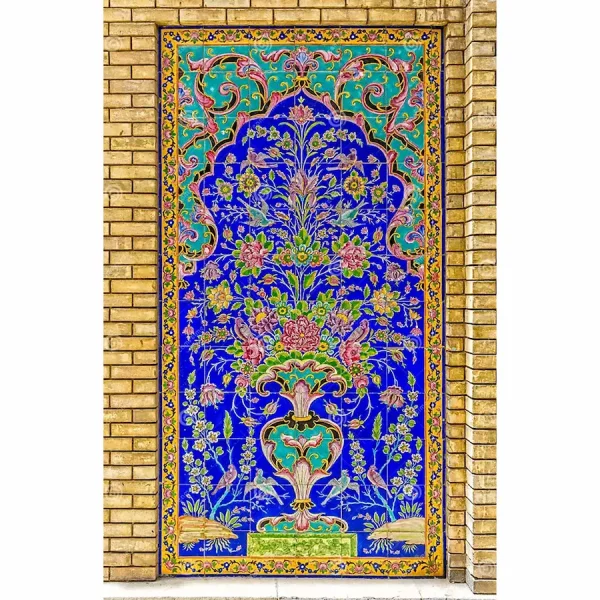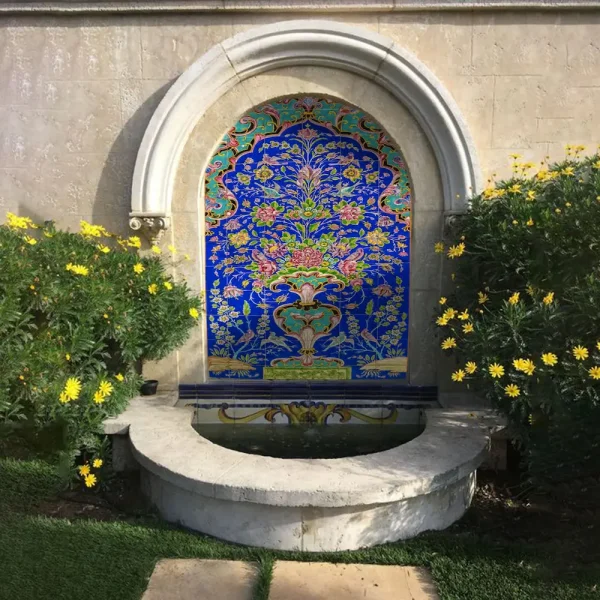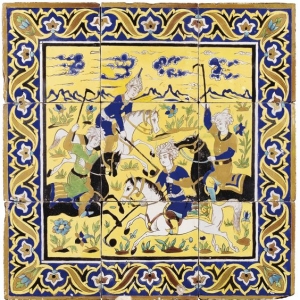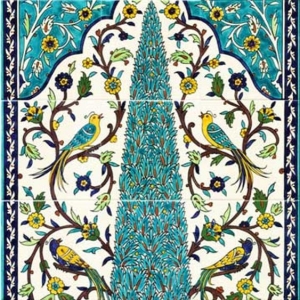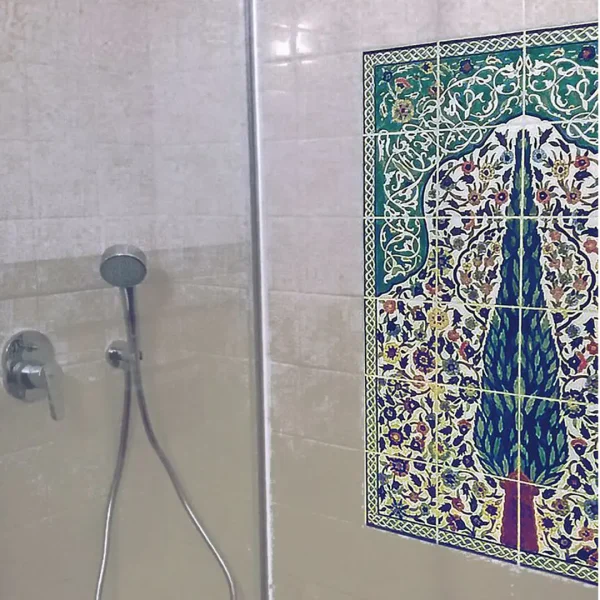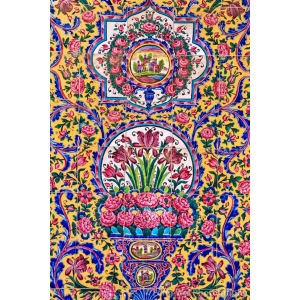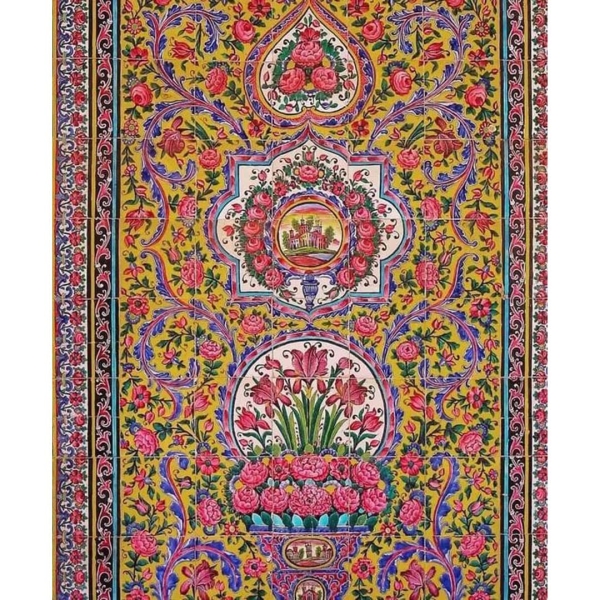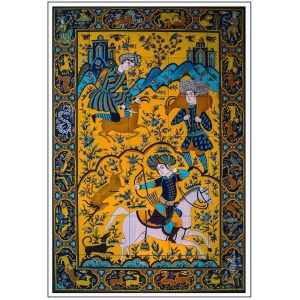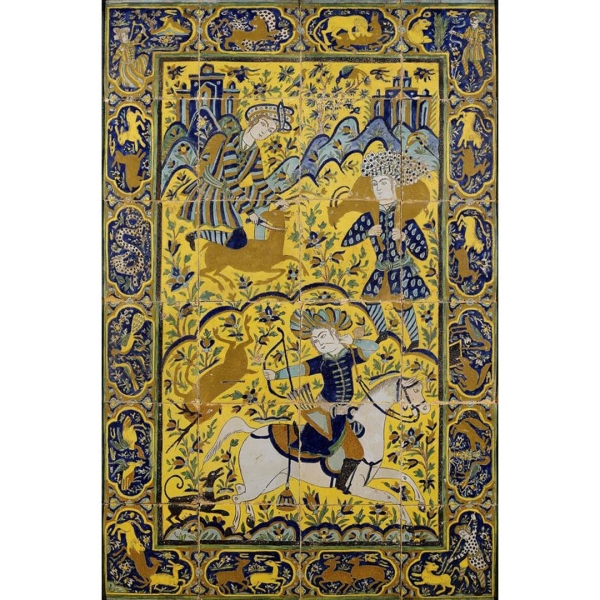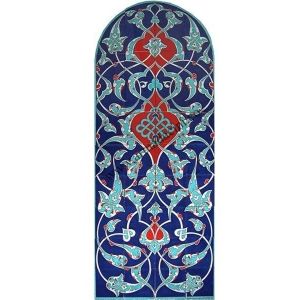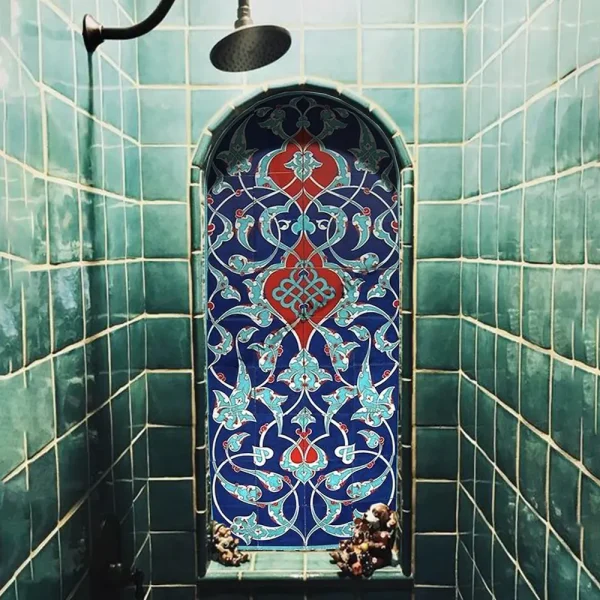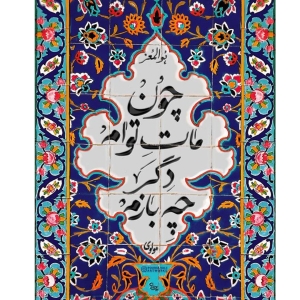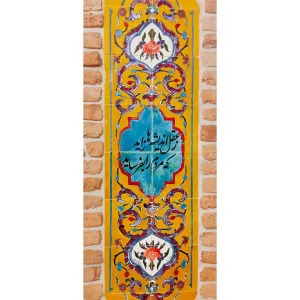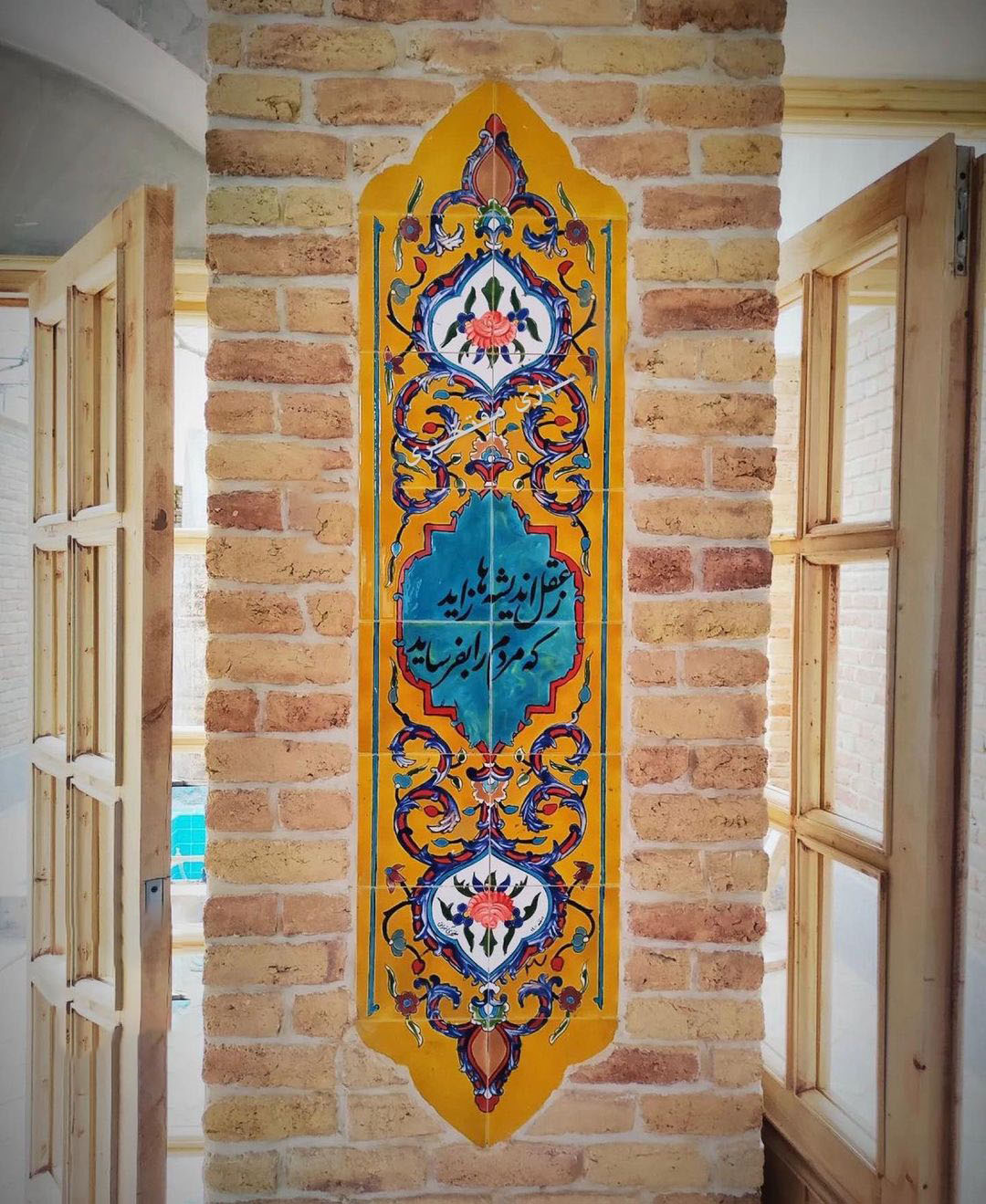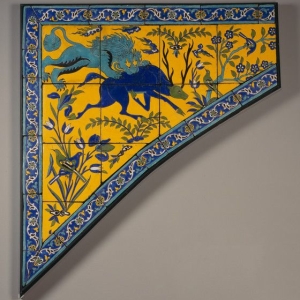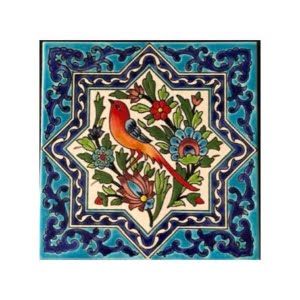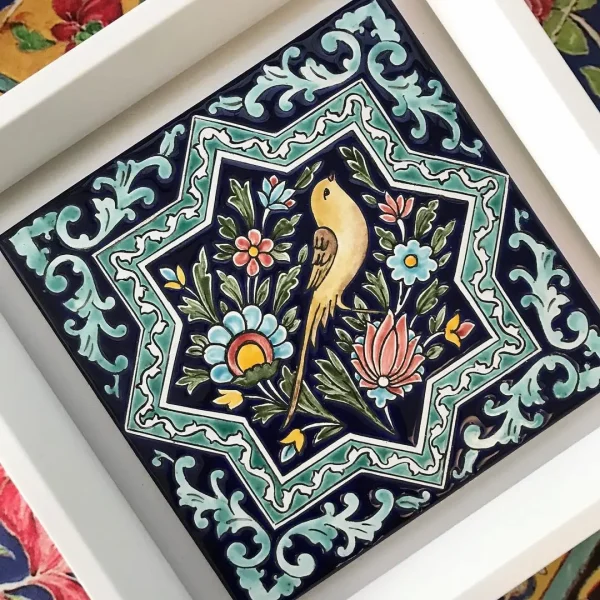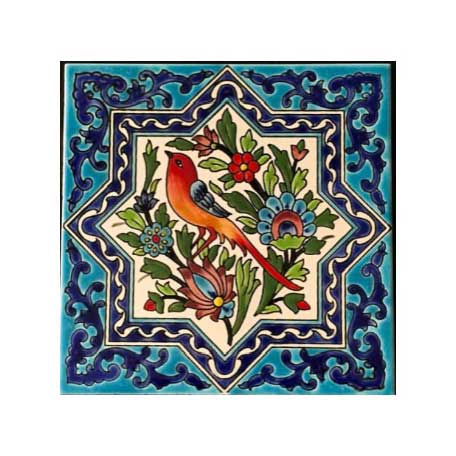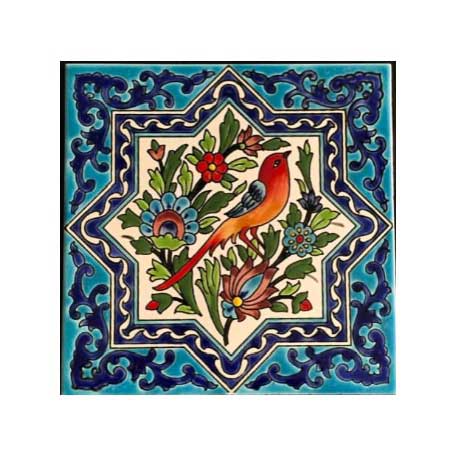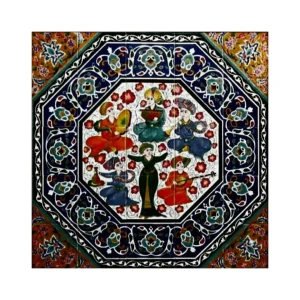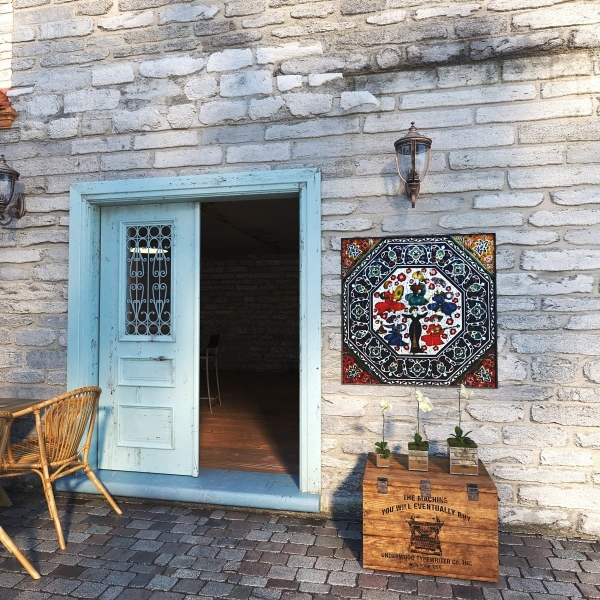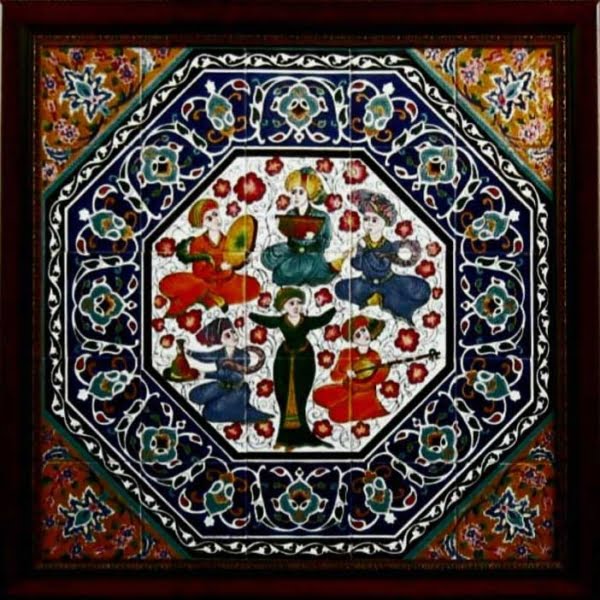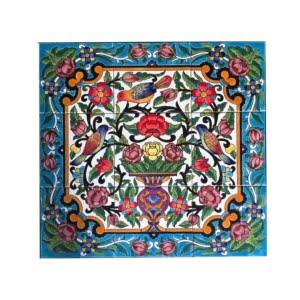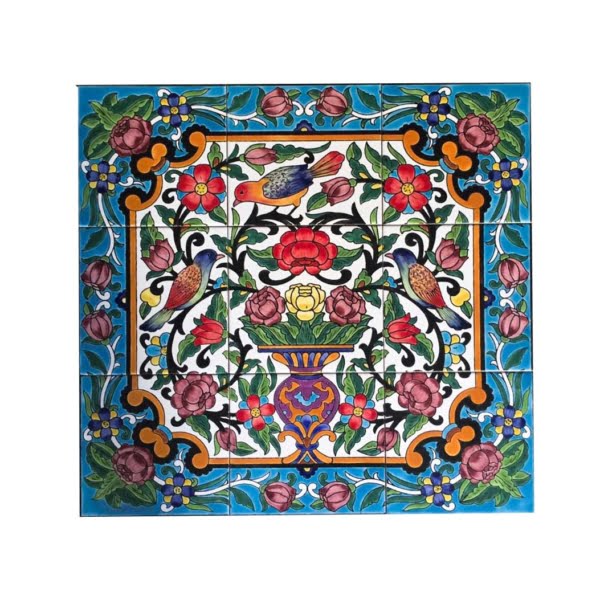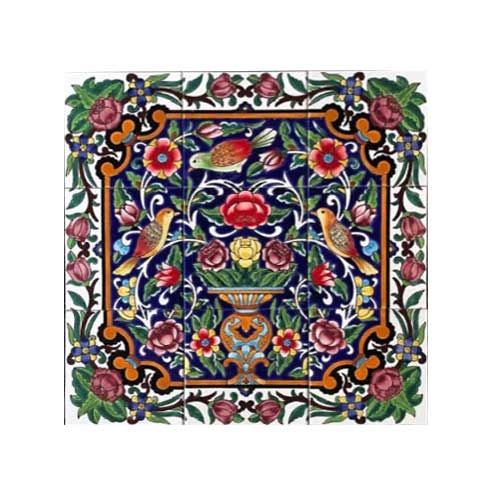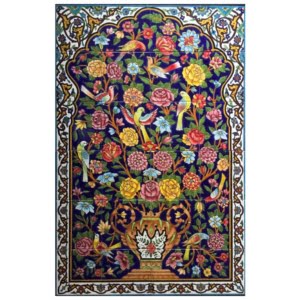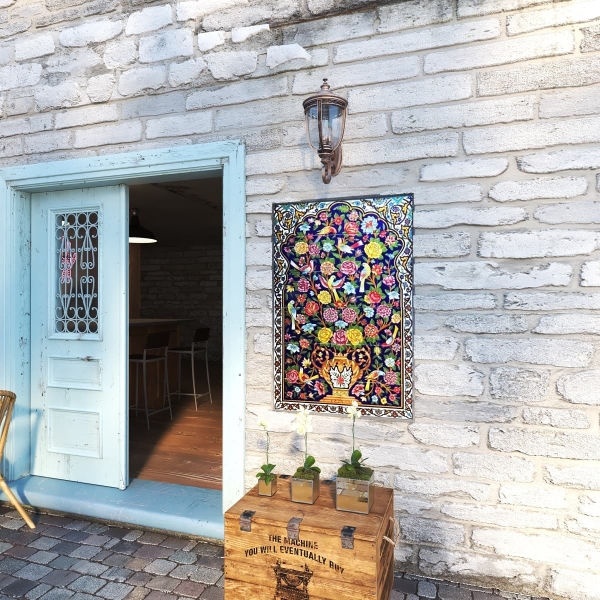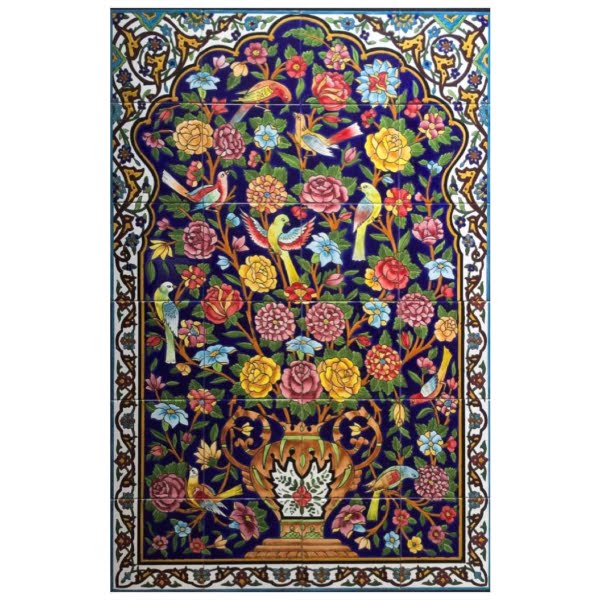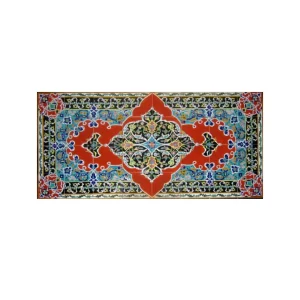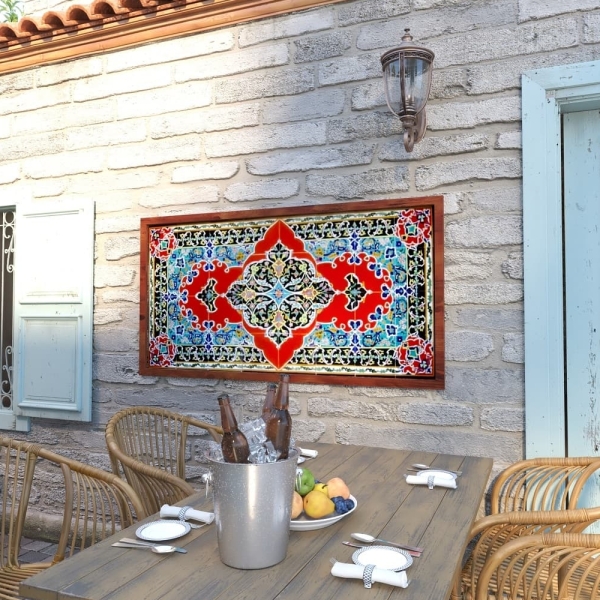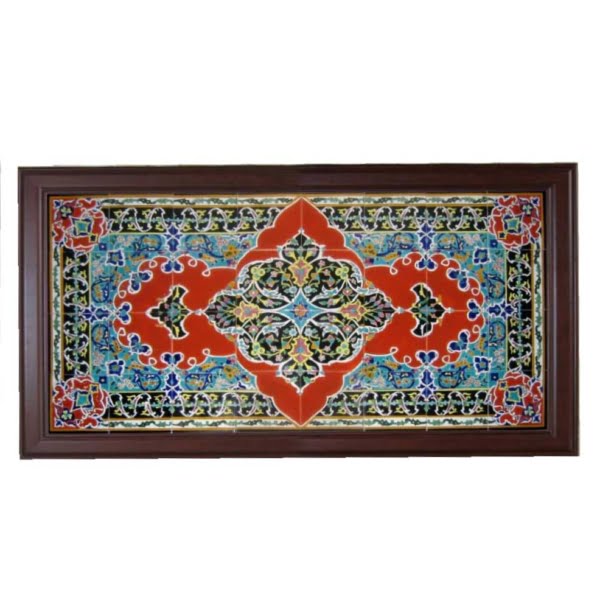Persian Tiles
Welcome to Persis Collection, your destination for authentic Persian Tiles, Persian ceramic tiles, and antique Persian tiles. Discover the beauty of Iran’s rich tile-making heritage with our wide selection of handcrafted tiles, perfect for any home decor.
Ancient Persian Wisdom Tile – Handcrafted Ceramic Art with Faravahar Symbol
$281.60 – $422.40Select options This product has multiple variants. The options may be chosen on the product page7 Colors polo Glazed Tile
$248.32 – $659.20Select options This product has multiple variants. The options may be chosen on the product pageFloral Persian Garden Handmade Tile Pattern
$495.36 – $1,098.24Select options This product has multiple variants. The options may be chosen on the product pageGolestan Castle Tiles Pattern
$2,142.72 – $3,294.72Select options This product has multiple variants. The options may be chosen on the product pageHunting Pattern Persian Tile
$659.20 – $1,072.64Select options This product has multiple variants. The options may be chosen on the product pageRumi Poetry Handmade Persian Tile Pattern
$549.12 – $1,318.40Select options This product has multiple variants. The options may be chosen on the product pageFlower & Bird Tiles Pattern
$138.24 – $604.16Select options This product has multiple variants. The options may be chosen on the product page7 Color Eslimi Pattern Puzzle Tiles
$248.32 – $1,208.32Select options This product has multiple variants. The options may be chosen on the product pageFlower and Bird Garden Design Puzzle Tiles
$248.32 – $604.16Select options This product has multiple variants. The options may be chosen on the product pageFlower and Vase Design Puzzle Tiles
$604.16 – $1,208.32Select options This product has multiple variants. The options may be chosen on the product pagePersian Carpet Pattern Puzzle Tiles
$769.28 – $3,020.80Select options This product has multiple variants. The options may be chosen on the product pageThe Art of Persian Calligraphy Tiles: A Timeless Tradition of Beauty and Culture
Persian calligraphy tiles represent one of the most intricate and culturally significant forms of art in Iranian history. This ancient craft, dating back centuries, is not only a testament to the artistic prowess of Persian artisans but also a reflection of deep philosophical, religious, and poetic traditions. These tiles, often decorated with beautiful Persian scripts and stunning designs, have been used to enhance the architecture of mosques, palaces, and now, modern homes. At Persis Collection, we bring you a curated selection of Persian tiles, including Persian Calligraphy Tiles, Persian ceramic tiles, and antique Persian tiles for sale, offering a touch of elegance and history for any space.
Persian Calligraphy Tiles: Where Poetry Meets Art
The elegance of Persian calligraphy tiles lies in their harmonious blend of visual beauty and intellectual depth. These tiles are inscribed with verses from classical Persian poetry, religious texts, or philosophical quotes, showcasing the delicate art of calligraphy. Traditional Persian calligraphy tiles often feature Quranic verses or lines from poets like Hafez or Saadi, using flowing, graceful lines that resemble poetry written on walls. These tiles have adorned some of the most revered sites in Iran, such as the mosques of Isfahan or the Golestan Palace, creating spaces that inspire spirituality and reflection.
Persian Blue Handmade Ceramic Tiles: A Symbol of Serenity
Persian Blue Handmade Ceramic Tiles hold a special place in Persian art, often symbolizing peace and paradise. The deep lapis blue used in these tiles evokes the sky and heaven, a symbol deeply rooted in Persian culture. These handmade ceramic tiles are ideal for transforming living spaces with their calming tones. They can be used in both traditional and modern settings, from Persian tile designs for walls to Persian kitchen tiles or even for bathroom installations. At Persis Collection, we offer a stunning variety of these blue ceramic tiles, perfect for creating serene environments in your home.
Persian Tile Patterns: An Artistic Masterpiece
The charm of Persian tiles lies in their intricate patterns. From geometric shapes to floral motifs, Persian tile patterns have become an artistic signature of Iranian culture. These patterns were originally inspired by nature, philosophy, and mathematics, making each tile a complex piece of art. The Persian tiles design incorporates symbolic elements such as stars, flowers, and calligraphic forms, creating an interplay of harmony and order. Whether you’re looking for modern Persian tile designs for living rooms or something more traditional, the Persis Collection offers an extensive range of Persian tiles for sale, from the classic to the contemporary.
Antique Persian Tiles: History in Your Hands
For collectors and connoisseurs of history, antique Persian tiles for sale offer an opportunity to own a piece of Iran’s rich cultural past. These tiles, often sourced from historical sites or traditional workshops, embody centuries of craftsmanship. The intricate Persian tile designs for walls that adorn ancient palaces can now grace your home, adding unmatched elegance and history to your space. Whether used as a feature wall or framed as an art piece, these antique tiles bring a timeless appeal to any room.
Persian Ceramic Tiles: Functional and Aesthetic
Persian ceramic tiles have always been known for their durability and beauty. These tiles are commonly used in functional spaces such as kitchens and bathrooms, where their resistance to moisture and wear makes them ideal. Persian kitchen tiles can add a splash of tradition to a modern kitchen, while Persian bathroom tiles can turn a regular bathroom into a luxurious retreat. Available in a range of colors and patterns, these tiles from the Persis Collection are both functional and decorative, perfect for homeowners seeking a unique blend of form and function.
Persian Tile Art: Modern and Traditional Inspirations
The legacy of Persian tile art continues to inspire both traditional and modern designs. While ancient tile-making techniques and patterns are still cherished, modern artisans are blending them with contemporary aesthetics. Modern Persian tile designs bring a fresh perspective to this classic art form, incorporating sleek lines and minimalist patterns that suit modern homes. Whether you’re looking to decorate a modern living room or searching for a modern Persian tile design for walls, the Persis Collection offers a variety of choices to help you achieve the perfect balance of tradition and modernity.
Persian Tile Art for Sale: Your Gateway to Iranian Culture
At Persis Collection, we take pride in offering a diverse selection of Persian tile art for sale. From small decorative pieces to large statement tiles, our collection features something for every taste. Our Persian tiles Eastern Jewels collection, in particular, showcases the best of traditional Persian tile art, with its dazzling array of colors and patterns. These tiles can be used as focal points in your home, adding a touch of Persian elegance and timeless beauty to any space.
Iranian Mosaic Art: The Art of Craftsmanship
Iranian mosaic art is another form of Persian tile art that reflects the meticulous craftsmanship of Iranian artisans. This art form involves assembling tiny, colorful tiles to create breathtaking designs, often found in grand mosques and palaces. The mosaic patterns, which include geometric shapes, floral designs, and calligraphic scripts, symbolize harmony, unity, and the infinite. Our collection of Iranian tile art includes pieces that can serve as wall decor or even be integrated into floors and ceilings, adding a luxurious feel to your home.
Persian Tiles FAQs:
- What are Persian calligraphy tiles?
Persian calligraphy tiles feature intricate scripts, often from Persian poetry or religious texts, offering both visual and intellectual beauty. - Can I use Persian ceramic tiles in modern homes?
Yes, Persian ceramic tiles work beautifully in modern spaces, adding a touch of traditional elegance to kitchens, bathrooms, and living areas. - Are antique Persian tiles available for purchase?
Yes, Persis Collection offers a variety of antique Persian tiles for sale, perfect for collectors or those looking to add historical charm to their homes. - What makes Persian blue handmade ceramic tiles special?
Persian blue handmade ceramic tiles are known for their rich lapis blue color, symbolizing peace and paradise, making them ideal for serene spaces. - Where can I use Persian tile patterns in my home?
Persian tile patterns can be used on walls, floors, or even as accent pieces in kitchens, bathrooms, and living rooms for a timeless look. - What are the popular Persian tile designs for living rooms?
Popular designs include calligraphy tiles, geometric patterns, and modern Persian tile designs that blend traditional motifs with contemporary styles. - How do I maintain Persian ceramic tiles?
Persian ceramic tiles are easy to maintain. Regular cleaning with a soft cloth and mild detergent will keep them in good condition for years. - Do you offer worldwide shipping for Persian tiles?
Yes, Persis Collection provides guaranteed worldwide delivery for all products, ensuring your tiles arrive safely no matter where you are. - What is Iranian mosaic art?
Iranian mosaic art involves creating intricate designs by assembling small, colorful tiles, often used in grand buildings like mosques and palaces. - Can Persian tiles be used outdoors?
Yes, Persian tiles, especially large Persian tiles, can be used in outdoor spaces like patios or garden walls to create stunning visual effects.






